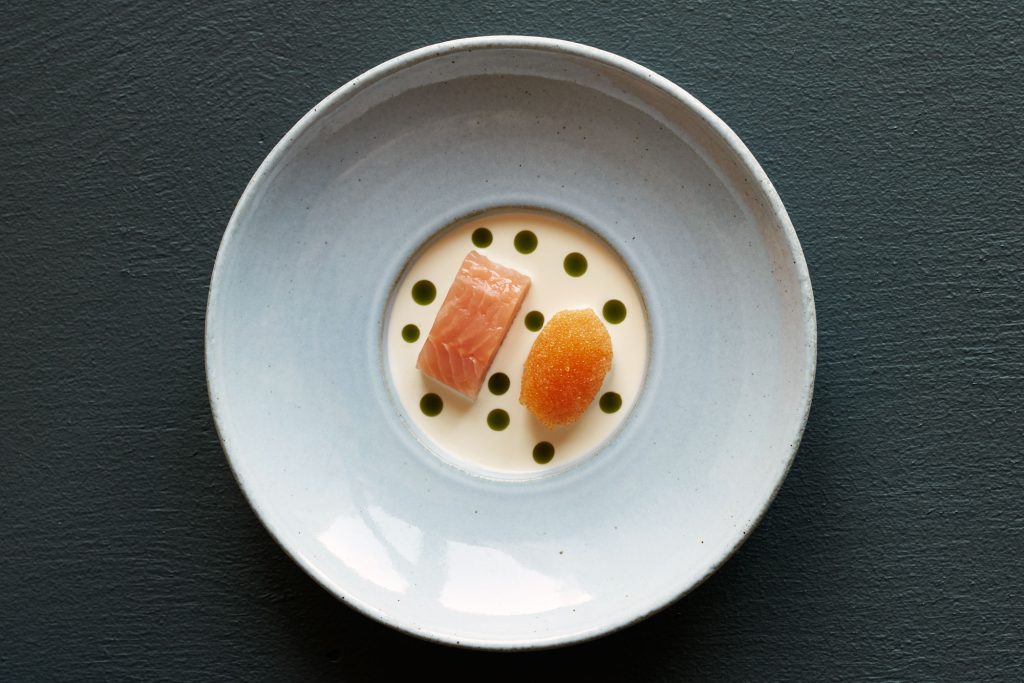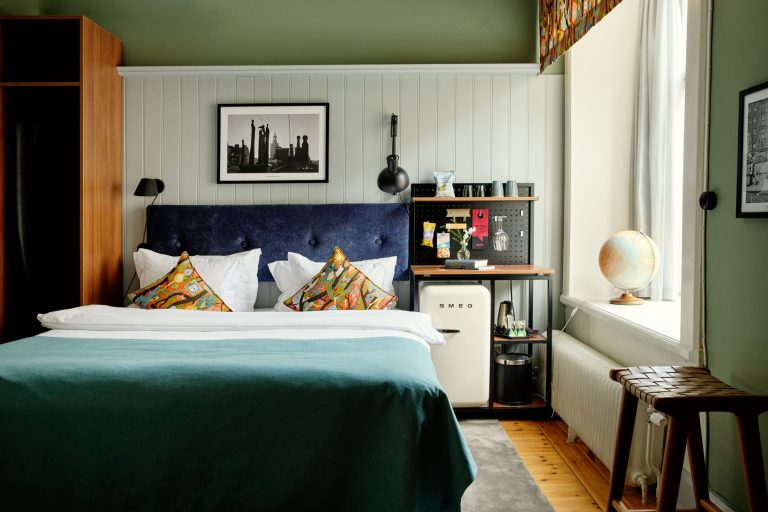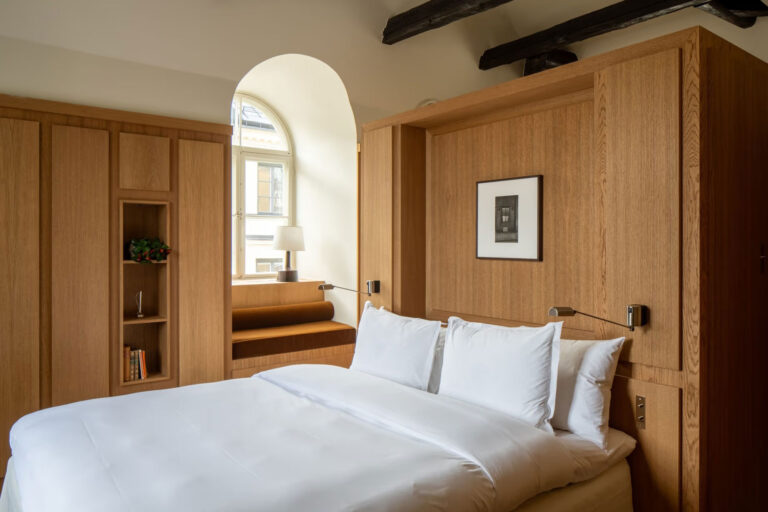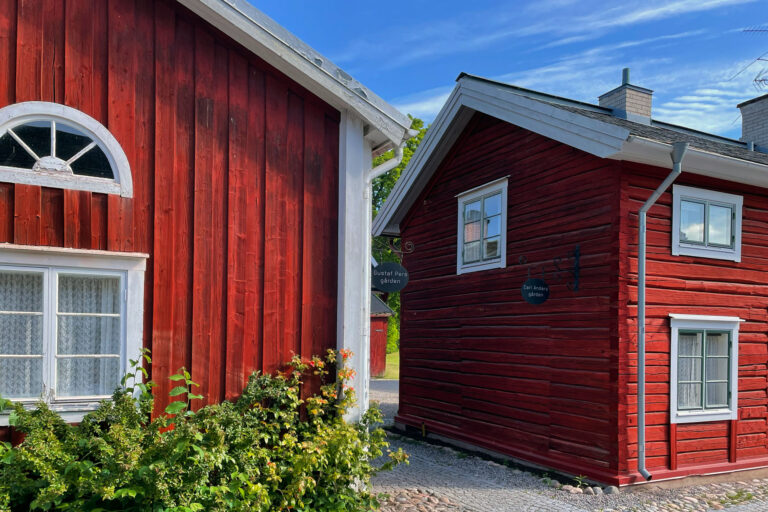Tallinn, Estonia
3 hot restaurants worth the trip to Tallinn, Estonia
The Nordics • Eat & drink • 3 hot restaurants worth the trip to Tallinn, Estonia
Bespoke partnership with Bombay
What’s driving food lovers to Tallinn’s three hottest tables
Estonia’s medieval capital is on the fast track to becoming Europe’s culinary hotspot. In the same block as The Burman Hotel, three knockout openings are putting Tallinn on every gastronome’s map. At Shang Shi, you can feast on Cantonese in a three-act Peking duck spectacle. Next door, Koyo’s 11-seat counter delivers Tokyo-sharp omakase – 14 courses that pivot on pristine seasonal fish, sourced fresh each day from across Europe and Japan. At Écrin, caviar is the centrepiece, spoonfuls of Ossetra and Beluga rubbing shoulders with inventive modern European plates. Together, these tables prove that Tallinn should be your next food destination.
Top photography courtesy of Shang Shi




01
Shang Shi
Is high-end Cantonese Tallinn’s latest food obsession? At Shang Shi, which translates to ‘Royal Feast’, award-winning chef Chee Hwee Tong channels 15th-century imperial kitchens into a 60-seat dining room and 10-cover salon. The Legendary Peking Duck, once reserved for emperors and requiring 24 hours’ advance notice, arrives tableside in three precise acts: crackling skin, meat folded into warm pancakes, then minced duck (optionally crowned with Beluga caviar). Hong Kong tableware designer Monika Tsang has crafted the showplates, chopsticks, dim-sum baskets and duck presenters exclusively for Shang Shi. A by-the-glass list of 28 pours includes two vintages of cult Ao Yun. Shang Shi was included in the Michelin Guide’s recommendations of Tallinn’s best restaurants.
Shang Shi
Rataskaevu tn 5
Tallinn
Estonia
Photography courtesy of Shang Shi


02
Koyo
Koyo borrows from the Japanese word ‘kouyou’, the autumnal blaze of colour in falling leaves – a fitting name for a chef’s omakase that shifts daily with the season’s finest catch. Behind a nori-thin paper screen, 11 seats wrap around Chef Kazuto Hokari’s counter, where he prepares 14 courses of shellfish, sashimi and nigiri. Much of it is sourced each morning from the harbour market, with select items – like Hokkaido scallops – flown in from Japan. Smoky seabream, melt-in-the-mouth akami tuna and eel lacquered in house-made tare sauce precede a silky tamago and dashi-soaked miso soup that brings the meal to a close. A concise list of sakes, rare teas and prestige champagnes underlines but never upstages the food. With two seatings nightly and a mention in the Michelin Guide, Koyo stands as Tallinn’s insiders’ sushi shrine.
Koyo
Dunkri tn 8
Tallinn
Estonia
Photography courtesy of Koyo


03
Écrin
Where do Tallinn’s caviar cognoscenti gather? At Écrin. Its name, inspired by the lustre of pearls, sets the tone for a 34-seat dining room in a sunlit, converted warehouse space. Mornings begin with an omelette packed with Atlantic lobster meat, chives and a swipe of crème fraîche, or the champagne breakfast, where bubbles meet salmon blinis and pastries pulled hot from The Burman Hotel’s very own bakery next door, Maison François. Lunch offers a concise two- or three-course set menu. Afternoon tea is served on Saturdays and Sundays only, starting from 13:00 – a three-tier service of steaming scones, thick clotted cream, tangy lingonberry jam, thin cucumber-dill sandwiches and pistachio macarons, paired with a glass of Krug if one wishes. By dinner, mother-of-pearl spoons of Malossol Ossetra, rare Baerii and Imperial Beluga kick off wild mushroom tortellini in truffle emulsion and juniper-kissed venison with smoked jus. As American chef Julia Child quipped, “There’s not a caviar I don’t like,” and here you’ll sample it all.
Écrin
Rataskaevu tn 7
Tallinn
Estonia
Photography courtesy of Écrin
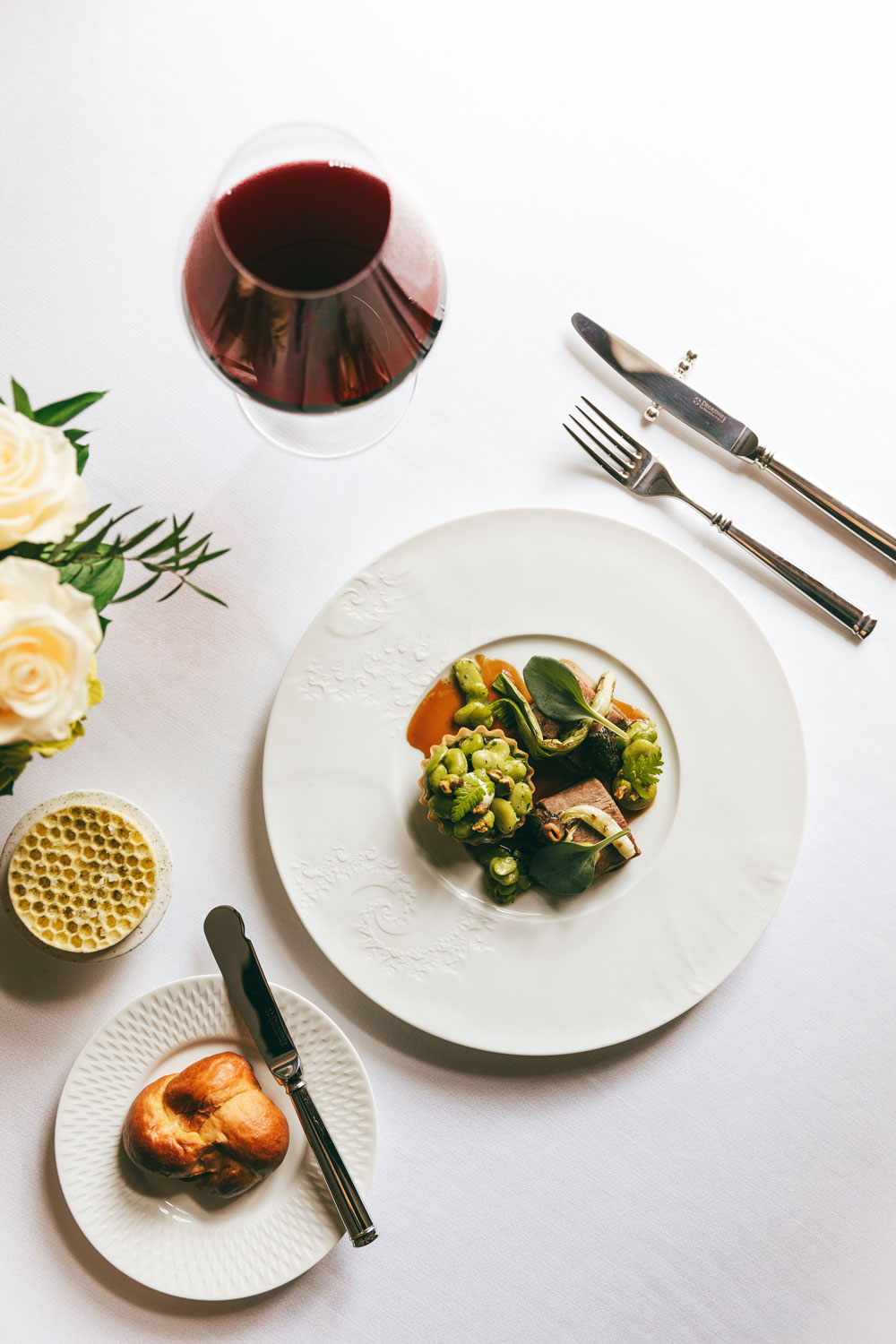

Why are all eyes suddenly on Tallinn’s burgeoning gastronomic scene?
A few years ago, Tallinn wasn’t on many culinary maps. Now, Tallinn is the name you’ll hear from chefs in Copenhagen, sommeliers in London and the sort of travellers who plan city breaks around dinner. The Estonian capital has become Northern Europe’s most surprising food destination. How did it happen?
Forest, fire and fermentation …
Tallinn’s food culture has historically been shaped by scarcity and seasonality. For centuries, it was a cuisine of necessity: rye bread, salted fish, cabbage, potatoes, pickling everything that wouldn’t last the winter. In short, meals were built to preserve energy.
But over the last decade that survivalist logic has flipped. What was once practical is now pleasure-driven. The same ingredients – buckwheat, juniper and blackcurrants – are back, but in the hands of chefs who treat them as creative materials. Smoking, fermenting and curing are yet again part of a flavour language. And it’s a language rooted in the Baltic forest.
At the same time, the city has opened its palate. Japanese precision, Korean ferments, Mediterranean brightness and the generosity of Chinese cooking have all found their way onto Tallinn’s restaurant kitchens.
Post-industry meets new energy
The transformation also happened in the spaces around kitchens. As old factories and shipyards in districts like Telliskivi and Noblessner were reclaimed by artists, designers and small businesses, food became part of a wider creative shift. This cross-pollination – food with art, music with fermentation, architecture with agriculture – has given Tallinn’s scene a looser, more textured identity.
Street food has a proper following too. The Tallinn Street Food Festival draws over 50,000 visitors, with queues for everything from Uzbek dumplings to Korean fried chicken. There’s also Suur Tallinna Toidutänav, a central city food fair with 200+ vendors. For a population just over 400,000, that’s no small appetite.
International recognition
The international spotlight has caught on. The Michelin Guide arrived in 2022. In parallel, Falstaff, the Austrian-born food and wine authority, has added Estonia to its newly created Nordic structure, grouping the country alongside Denmark, Sweden, Finland and Norway. It’s subtle but telling: Estonia is no longer seen as a fringe outlier, but as part of a broader northern food conversation.
What makes Tallinn different is that its food evolution hasn’t been driven by state funding. It’s been mostly independent – led by chefs, bakers, brewers and foragers who simply got to work. That balance between credibility, creativity and cost means Tallinn is not just a rising star, but one you can still afford to explore before the secret fully gets out.
Photography courtesy of Écrin and Unsplash
Share this
Stay in the know
Sign up for the latest hotspot news from the Nordics.



